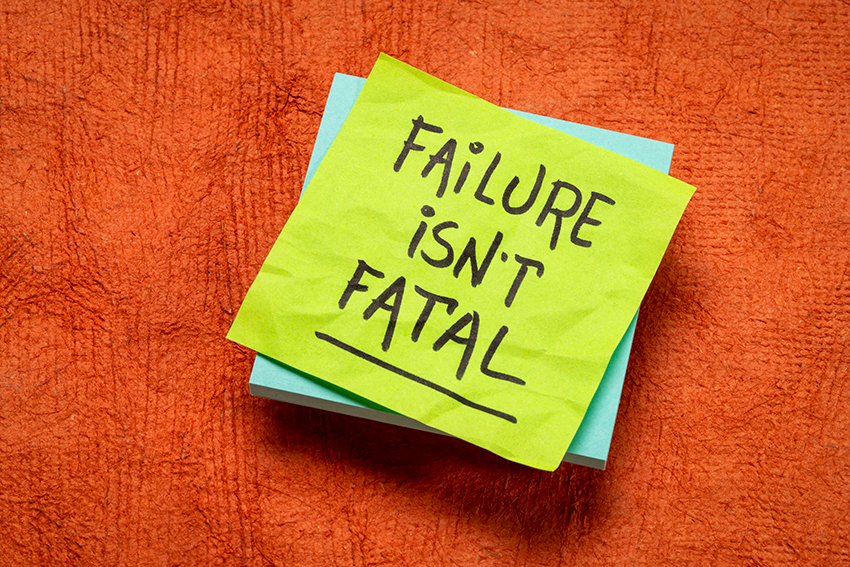Embracing Failures in the Workplace: A Path to Building Trust
Mistakes are inevitable. Both leaders and employees are bound to make poor decisions or errors. However, these failures present a prime opportunity to build trust within the workplace. Here’s why showing authenticity and vulnerability is the best approach to handling failures and how it can transform your work environment.
Acknowledge the Failure
When a mistake happens, the first step is to acknowledge it openly. Ignoring a failure or, worse, passing the blame onto someone else, can severely damage trust. Acknowledgment shows that you are aware of the issue and ready to address it. It also sets a precedent for honesty and transparency in your workplace.
Show Authenticity
Authenticity in the face of failure means being genuine about the mistake and its impact. It involves explaining what went wrong, why it happened, and how it affects the team and the organization. When leaders show authenticity, they encourage their team to do the same. This builds a culture where mistakes are seen as opportunities for growth rather than moments of shame.
Embrace Vulnerability
Being vulnerable means admitting that you don’t have all the answers and that you, too, are learning. Leaders who display vulnerability demonstrate that it’s okay to make mistakes. This approach fosters a safe environment where employees feel comfortable sharing their challenges and seeking help without fear of judgment or retribution.
Use Failures as Learning Opportunities
Instead of rushing to find quick solutions, take time to reflect on the failure. What can be learned from this mistake? How can similar issues be prevented in the future? By analyzing failures, you can uncover valuable lessons that contribute to personal and organizational growth. Encourage your team to participate in this reflective process, making it a collective learning experience.
Strengthen Trust Through Open Communication
Open communication is key to building trust. When a failure occurs, communicate openly with your team about the situation. Discuss the steps being taken to address the issue and involve them in the problem-solving process. This inclusion not only helps in finding effective solutions but also reinforces the idea that everyone’s input is valuable.
Lead by Example
As a leader, how you handle failures sets the tone for your team. If you respond to mistakes with grace, authenticity, and a willingness to learn, your team is likely to follow suit. Demonstrate that failure is not the end but a stepping stone towards improvement. Your response can inspire your team to approach their own mistakes with a constructive mindset.
Are Failures All That Bad?
Failures in the workplace, while often perceived negatively, are powerful opportunities to build trust and foster a positive work culture. By acknowledging mistakes, showing authenticity, embracing vulnerability, using failures as learning opportunities, and maintaining open communication, leaders can turn setbacks into strengths. Remember, it’s not the failure itself but how you respond to it that defines the trust and integrity of your workplace. Embrace these moments, and you’ll build a team that’s resilient, cohesive, and committed to continuous improvement.









